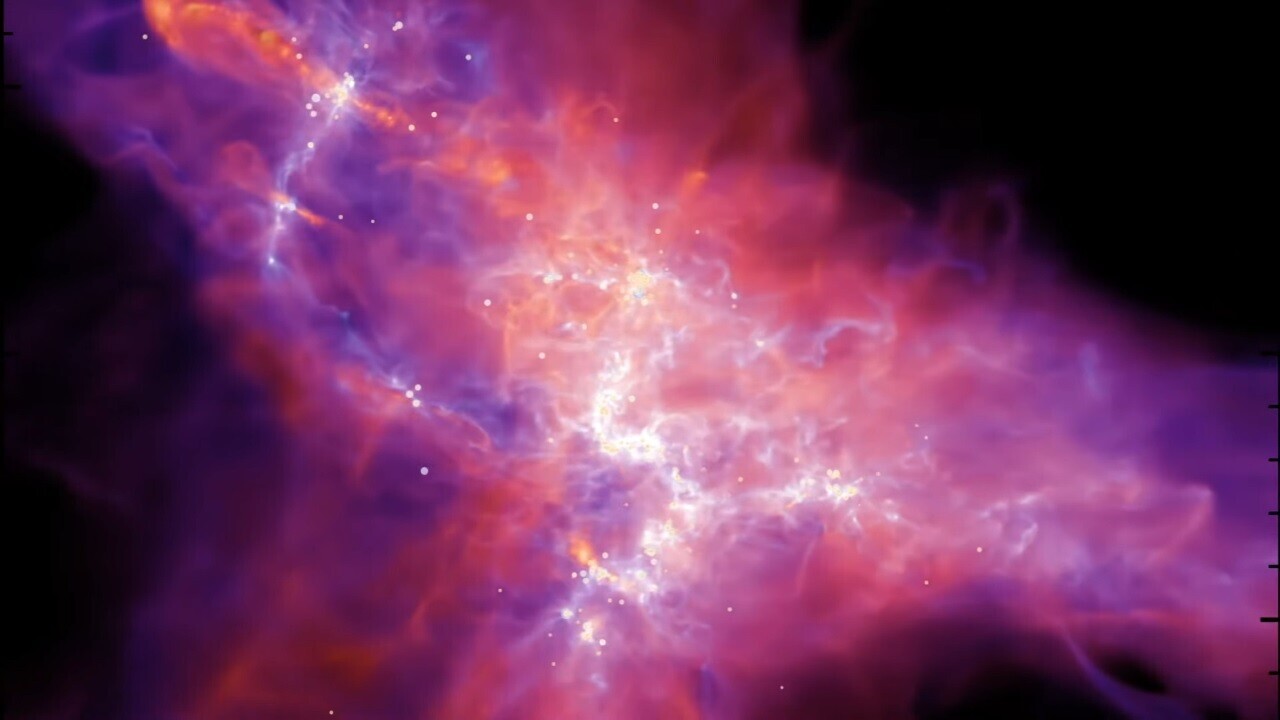
How are stars made? Why do they form in clusters? Why does it take so long? Why are some stars larger than others? Finding the answers to these questions is no small challenge.
It takes millions of years to make a star. That means we can’t just stake some cameras out in space and wait to compile the time-lapse footage. Basically, we have no way of watching actual stars grow from inception.
And that’s why astrophysicists rely on simulations to try and figure out what’s really going on in the cosmos. The principle is simple: we know what a fully-grown star looks like, so we can use math and modeling to sort of backwards-engineer a star to its genesis.
Unfortunately, this isn’t like rewinding a VHS tape. We’re literally talking about math at astronomical proportions.
[Read more: This dude drove an EV from the Netherlands to New Zealand — here are his 3 top road trip tips]
In the quest for a better simulation, scientists are pushing the limits of technology through the use of supercomputers and cutting-edge machine learning systems.
A team of researchers from Northwestern University, the University of Texas, and the California Institute of Technology recently published a research paper detailing what they call the world’s largest, most realistic simulation of star formation ever.
It’s called “Star Formation in Gaseous Environments” (STARFORGE):
On first glance, the beautiful imagery above might not appear to be a eureka-level scientific achievement – after all, it looks like it could be screenshot from Mass Effect or Stellaris.
But that’s what’s so amazing about it: these aren’t artist renditions, they’re simulations. These complex visualizations are produced through a very complicated modeling process that can take as long as three months to complete on a modern supercomputer.
Luckily, the payoff is huge. The researchers have already begun to glean novel insights about star formation through observations of the simulation.
They believe this work will help us to understand much about stars that was previously only hypothesized.
You can read the team’s research here.
Greetings Humanoids! Did you know we have a newsletter all about AI? You can subscribe to it right here.
Get the TNW newsletter
Get the most important tech news in your inbox each week.





